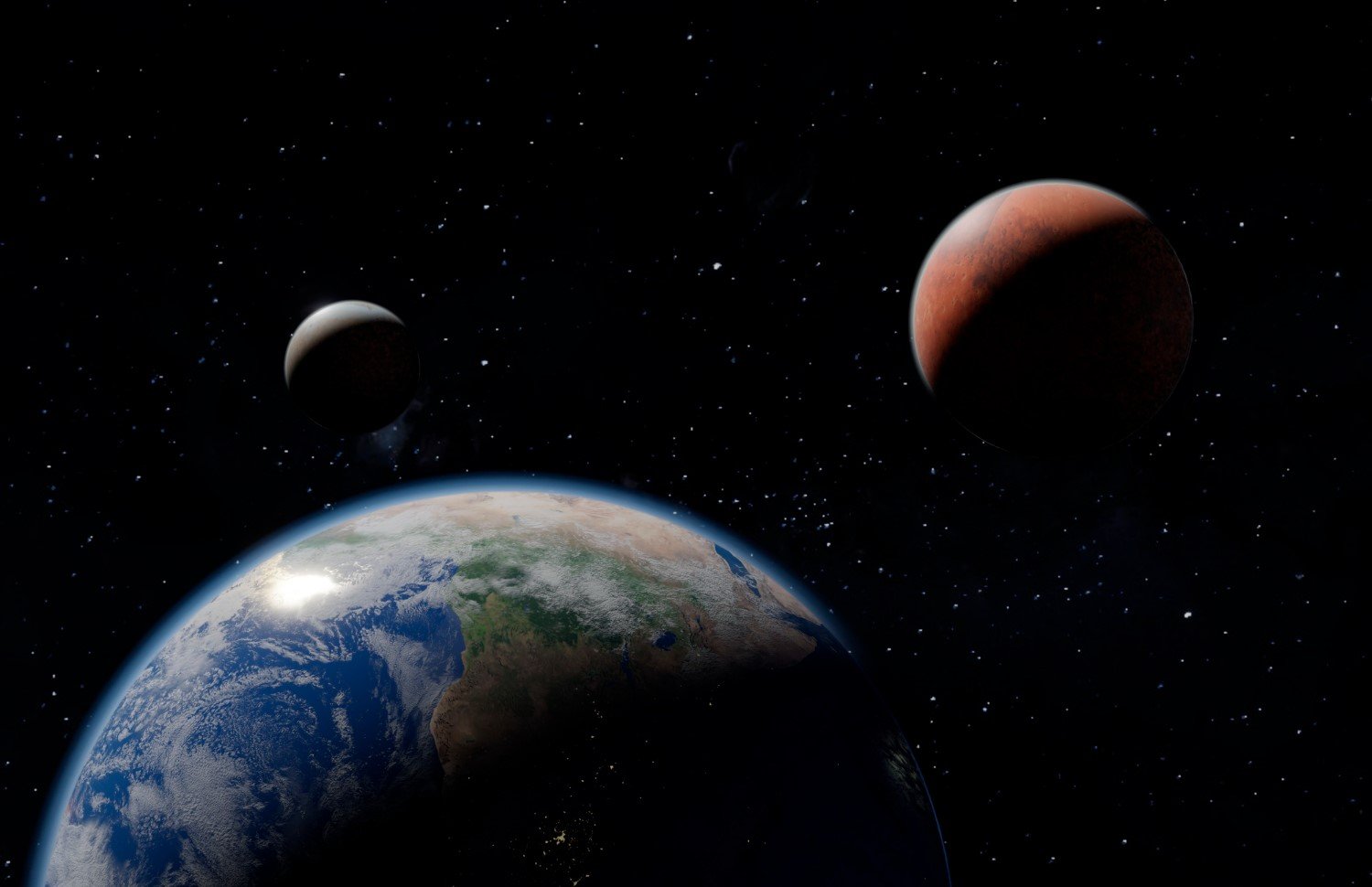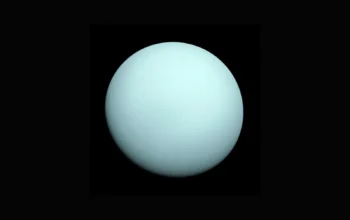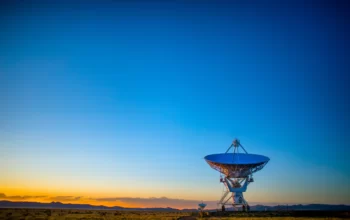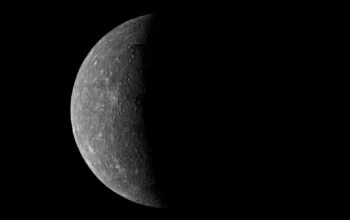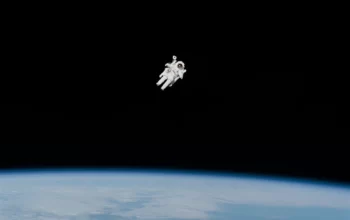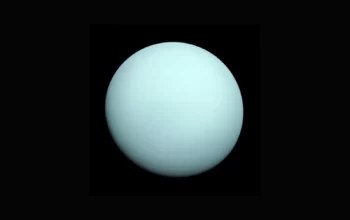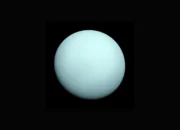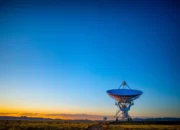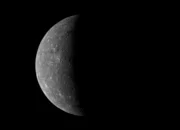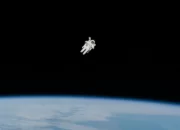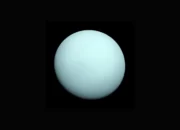middleportal.com – When it comes to the planets in our solar system, each one has its own fascinating characteristics and features. In this blog post, we will be exploring the inner planets – Mercury, Venus, Earth, and Mars – and uncovering the similarities and differences that make them both alike and unique.
One of the key similarities between the inner planets is that they are all solid, dense, rocky planets. Unlike the gas giants of the outer solar system, the inner planets have a solid surface composed of rock and metal.
Another similarity is that the inner planets either do not have moons or have just one or two. Earth, for instance, has a single moon, while Mars has two small moons named Phobos and Deimos. This is in stark contrast to the outer planets, which have numerous moons, some of which are larger than our own moon.
One striking difference between the inner and outer planets is the presence of rings. While the outer planets, such as Saturn and Uranus, are famous for their spectacular ring systems, none of the inner planets have rings.
When it comes to their orbits, the inner planets have shorter orbits around the Sun compared to the outer planets. This means that they complete their journey around the Sun in a relatively shorter period of time. However, despite their shorter orbits, the inner planets actually spin more slowly on their axes compared to the outer planets. Earth, for instance, takes approximately 24 hours to complete one rotation on its axis, while Jupiter, an outer planet, takes just under 10 hours.
Mercury, the closest planet to the Sun, has the shortest orbit of all the planets in our solar system. It completes a full orbit around the Sun in just 88 Earth days. Venus, the second planet from the Sun, has a slightly longer orbit of 225 Earth days. Earth, our home planet, takes 365.25 days to complete one orbit, while Mars, the fourth planet from the Sun, takes 687 Earth days.
While the inner planets may share similarities in terms of their composition and lack of rings, each planet has its own unique characteristics. Mercury, for example, is the smallest and fastest planet, while Venus is known for its thick atmosphere and extreme temperatures. Earth, of course, is the only known planet to support life, and Mars has long captured our imagination as a potential future home for human colonization.
In conclusion, the inner planets – Mercury, Venus, Earth, and Mars – may have some similarities, such as being solid, rocky planets, but they also have their own distinct features. Exploring these planets and understanding their differences is crucial in expanding our knowledge of the universe and our place within it.
